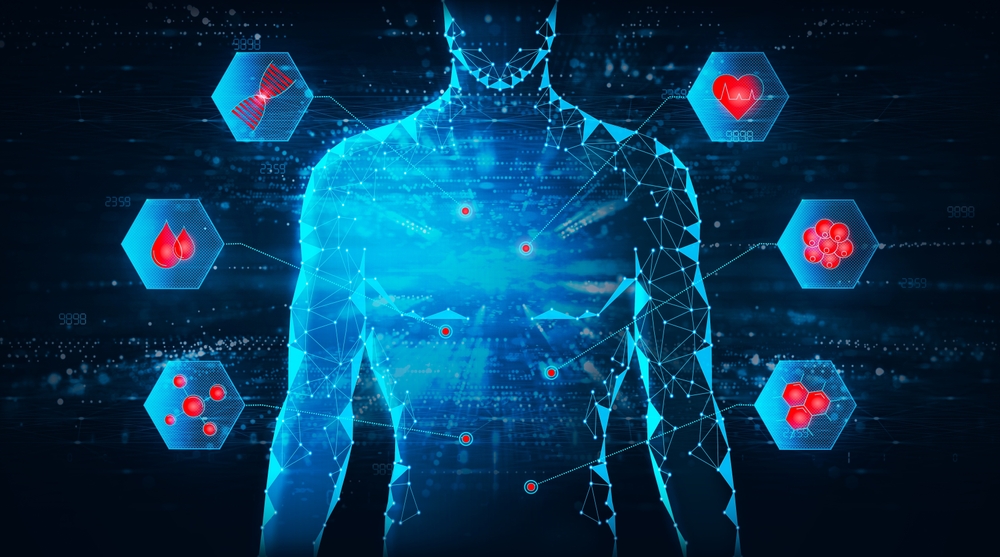Iron Group and Biomarkers: Ferritin and Hemoglobin
Posted by Pharmics on 8th Aug 2023
Those who deal with low iron levels or iron deficiency issues are often looking for improved ways to understand their iron levels and how iron works in their bodies, and one resource here is what's known as the Iron Group. This refers to 11 different specific blood biomarkers that assess different parts of your body's iron status, including everything from how it stores iron to how it transports it, its iron capacity and more.
At Pharmics Inc., we're here to assist numerous clients who deal with low iron levels, offering several different forms of iron supplement to fill any need you may have. In this multi-part blog series, we'll go through many of the most important biomarkers that make up the Iron Group, plus what to know about each of them and how they symbolize your body's iron status.

Ferritin
Perhaps the single most useful and accurate measure of iron metabolism and body iron stores, ferritin measures the concentration of proteins that store iron in cells. Ferritin is found in both intestinal cells (which absorb iron) and within the bloodstream itself.
A low ferritin level indicates a deficiency in iron while high levels can suggest an overload within the body. Low ferritin tends to be caused by low levels of iron in the diet - it's an indication that you need to up your iron intake.
High levels of ferritin, on the other hand, can be caused by a few things. Excess iron in the diet is one, but issues like inflammation or hemochromatosis can also lead to elevated ferritin levels, so you should always consult a doctor if your ferritin levels are high.
Hemoglobin
Another well-known and important member of the Iron Group is hemoglobin, which is the protein present on red blood cells that allows them to bind oxygen. This is one of the most important biomarkers for those with iron deficiency anemia, as a lack of hemoglobin means that red blood cells can't carry enough oxygen through the body, leading to symptoms like fatigue, weakness, and shortness of breath.
Hemoglobin isn't complete without iron at its center, and this is where issues on both sides of the spectrum can come into play. High levels of hemoglobin, often caused by anything from high altitude and dehydration to improper medication, can lead to a condition called polycythemia, with symptoms like headaches, vision disturbances and itching. Low hemoglobin levels, however, indicate a lack of iron that needs to be addressed with dietary changes or supplements.
In subsequent entries into this series on the Iron Group, we'll go further into the other biomarkers that make it up and how to understand what they mean for your iron levels. Keep an eye out for our upcoming posts! For more on this or any of our iron supplements and other supplement products, contact our team at Pharmics, Inc. today.
Check with your physician before taking an iron supplement or giving an iron supplement to an infant or any child.
*WARNING: Accidental overdose of iron containing products is a leading cause of fatal poisoning in children under 6. Keep iron containing products out of the reach of children. In case of accidental overdose, call a doctor or poison control center immediately.
Statements on this page have not been evaluated by the Food and Drug Administration. These products are not intended to diagnose, treat, cure or prevent any disease.

